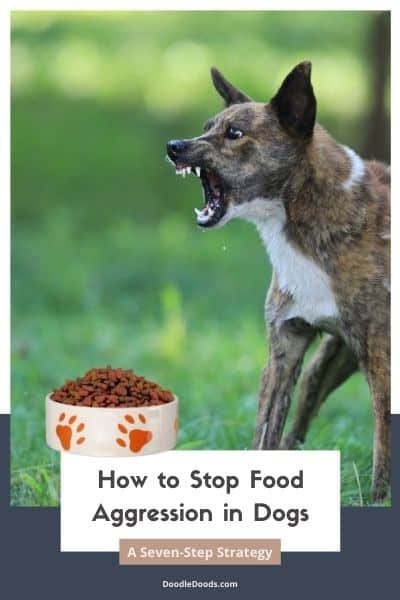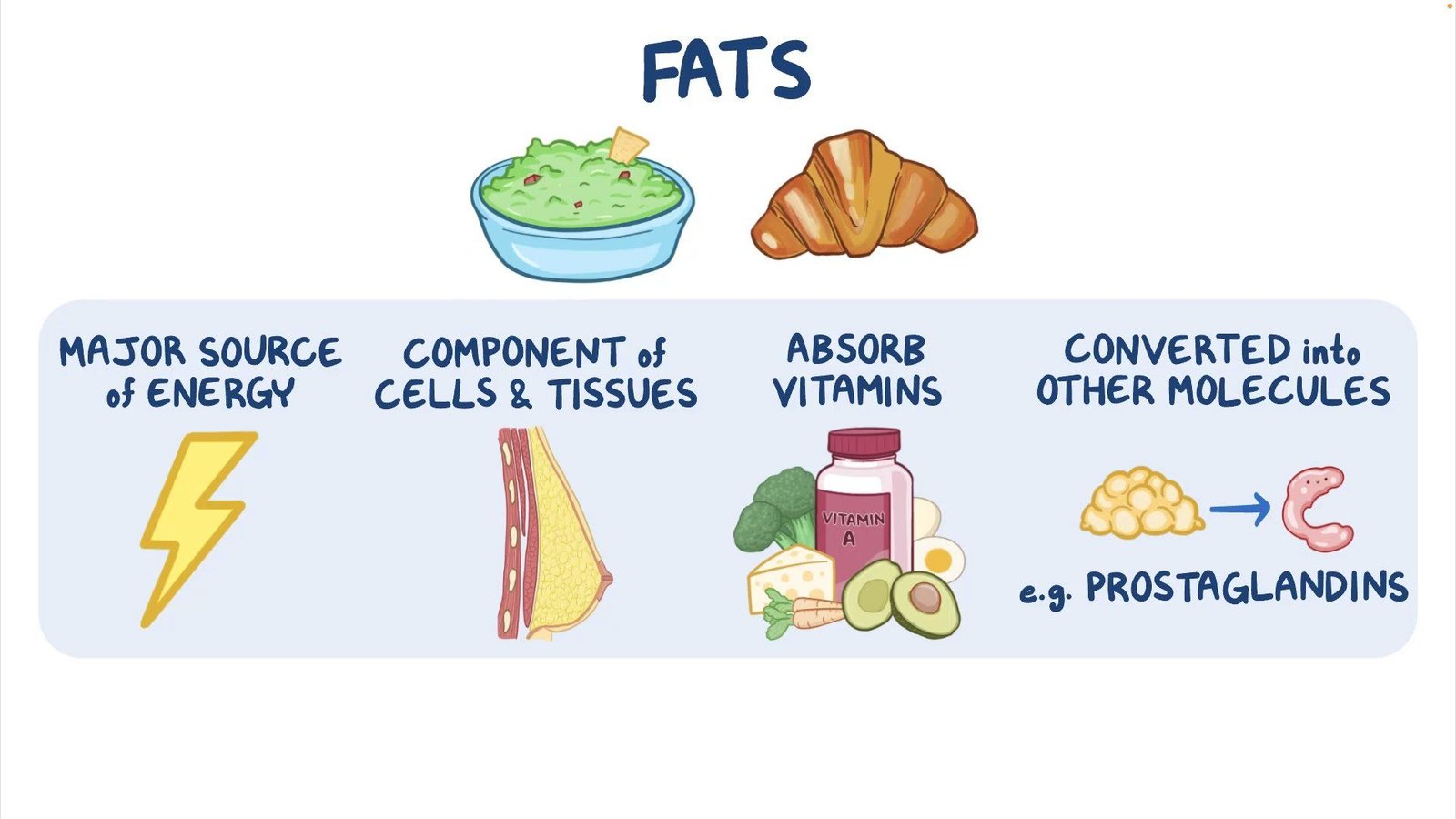
Mastering the Art of Quelling Food Aggression in Dogs: A Comprehensive Guide
Discover the most effective strategies to stop food aggression in dogs, ensuring a harmonious relationship with your pet and a safe environment for all.
Understanding Food Aggression in Dogs
Food aggression in dogs is a widespread issue that can result in risky situations. Recognizing the signs and understanding the root causes are essential for effective management.
Identifying the Signs of Food Aggression
Pay attention to behaviors such as growling, snarling, or snapping when your dog is eating or close to its food. Early detection is crucial for preventing the problem from escalating.
Strategies to Reduce Food Aggression
Employ techniques like desensitization and counter-conditioning to alter your dog’s view of food-related threats. Patience and consistency are key in this journey.
Creating a Safe Feeding Environment
Using separate feeding areas or elevated feeding stations can decrease competition and stress during meal times, helping to soothe your dog.
Tips and FAQs
According to a study published in the Journal of Veterinary Behavior, 85% of dogs significantly improved in food aggression after following a structured training program.* Utilize positive reinforcement and avoid punishment, as it may worsen the situation.
Conclusion and Final Thoughts
Halting food aggression in dogs is a multi-step process requiring understanding, patience, and the correct approach. By adhering to the strategies provided, you can cultivate a more tranquil and secure environment for your pet.










